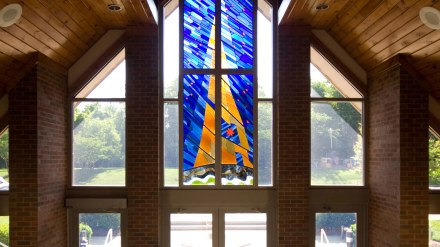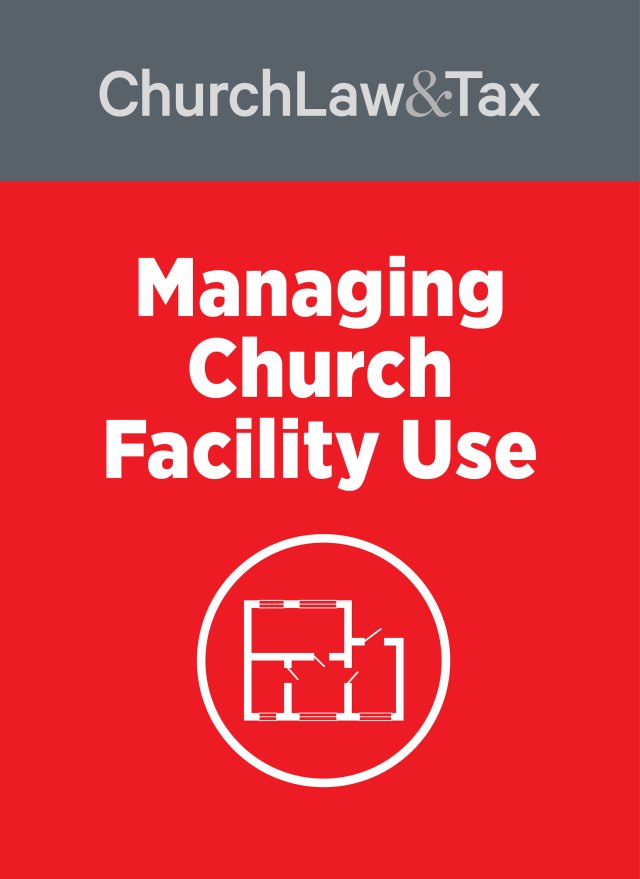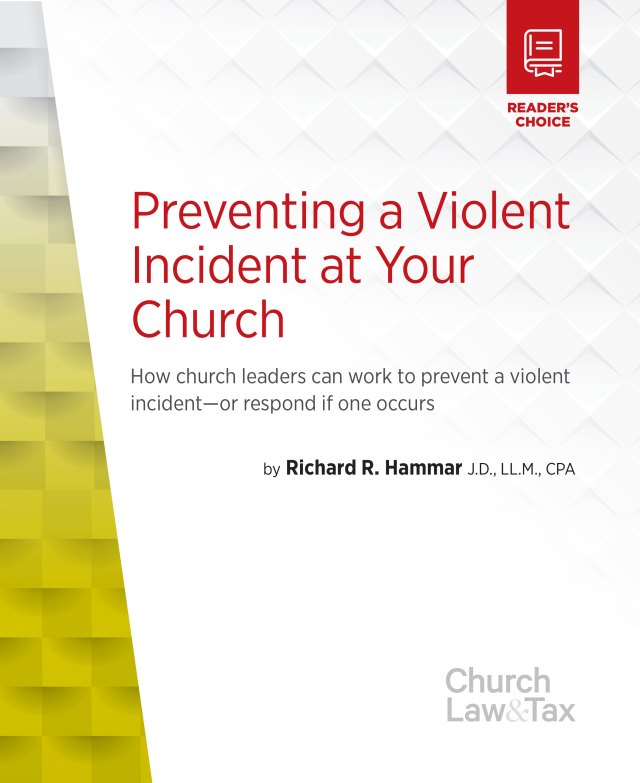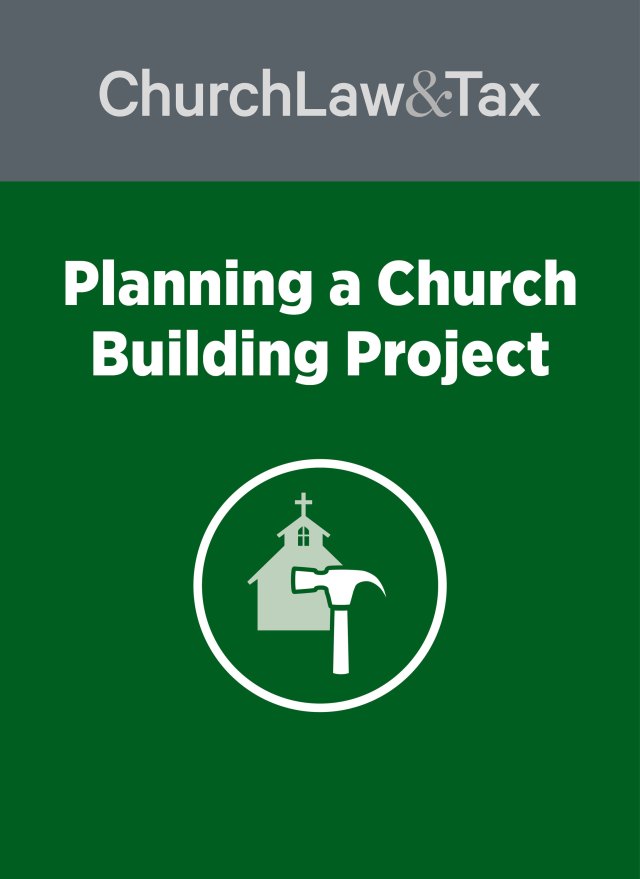The pandemic led many churches to close their facilities or move to limited use. This has created both maintenance challenges and opportunities for those who manage the facilities, say the experts interviewed for this article.
To help those who oversee church facilities, we collected the following tips and insights for times when a building is either shutdown or not in full use.
Lower Temperatures—but how low?
Every church wants to save money, and lowering the thermostat during the winter is one way to do just that.
“Our research has shown that temperatures as low as 45°F do not harm the structure or contents of buildings,” says a press release from The Interfaith Coalition on Energy (ICE). Such low temperatures are not harmful to those expensive church pipe organs, claims Andy Rudin, project coordinator for ICE, an organization that seeks to help congregations lower the cost of operating their facilities.
“We surveyed members of the Associated Pipe Organ Builders of America to find that they agree with our low temperature recommendations,” he said.
While lowering the temperatures is not a bad idea, says Pat Hart, executive director of the National Association of Church Facilities Managers (NACFM), he feels that 45 degrees would be too low for his facilities. Along with leading NACFM, Hart also manages a five-building church and Christian school in Everett, Washington.
When any of the buildings he manages are unoccupied, Hart says that “55 degrees is as low I would go.”
Keep the furnace running
Shutting off your HVAC, or turning it way down so it doesn’t periodically run, could create some serious mechanical problems.
“When you fire the furnace back up, you are going to have some significant maintenance issues,” says Hart. He explained that an HVAC is made to be used regularly; extended times when it’s not used can cause fan motors to malfunction, along with a number of other potentially costly problems.
He added that reheating the building would be a big issue—something that would consume a lot of costly energy. If someone walked into a building set at 45 degrees, he explained, they’d need to turn up the heat, forcing the HVAC to expend a lot of energy to reach a comfortable temperature.
Maintain consistent temperatures
It can become an issue if consistent temperatures aren’t maintained, cautions Tim Cool, chief solutions officer for Smart Church Solutions, an organization that assists with various areas related to facilities.
“Humidity and cold are major concerns for spaces that have delicate musical instruments,” Cool explains. “The damage wildly fluctuating space temps can do to a pipe organ or grand piano will negate the cost-benefit of keeping the set-points too low (or high) in a space that houses that type of investment.”
Overall, it’s important to remember that church buildings are conditioned spaces—depending on an HVAC system for heating and cooling.
“Facilities are designed to be conditioned spaces, and most designs assume that it will be conditioned consistently,” Cool stresses.
Avoid frozen pipes and mechanical room breakdowns
Temperatures that are set too low can also lead to frozen pipes that might burst. This could be especially problematic for poorly insulated pipes or pipes that run next to an outside wall.
“In churches heated by circulating water, the property committee should know where all the pipes are, particularly those running through unheated places, like under floors, inside walls and attics,” Rudin advises.
Churches must pay particular attention to the space dedicated to the HVAC, electrical systems, and water systems, Cool says.
“Many mechanical rooms have one or more exterior facing walls. They may not be insulated as well, and they are the entry point for many of the building’s systems,” Cool says. “In climates with below freezing temperatures for multiple days in a row, these spaces can become 15 to 25 degrees colder than the interior of the facility. Temperature-controlled space heaters may be necessary to ensure they do not become too cold.”
Consider installing remote thermostats
The ability to control your building’s thermostat remotely is a very good idea, Hart says. If there needs to be people in a particular part of your building during a shutdown or period of limited use, it’s good to be able to turn up your HVAC and then turn it down when they leave, Hart explains.
Cool of Smart Church Solutions agrees and adds, “This is also a great time to consider investing in communicating thermostats to allow for remote building environment monitoring.”
Keep an eye on your building
Even when your facilities are completely shut down, it’s essential to regularly inspect the building for any issues or potential problems.
Walk-through inspections should be conducted at least once a week for both “operational considerations” and possible “safety or security” issues, Cool recommends. He said night inspections should also be conducted in order to check to see if any lights are out or any other issues that wouldn’t be readily apparent during the day.
Cameras connected to an app are also a good way to check on your building—both inside and out.
“I have 90 cameras and I have access on my phone,” Hart says of his five-building church and school. “I’ll log on to see if it’s snowing and if I need to call a plow company. I have a camera on the roof where we’ve had some wind damage and I keep an eye on that.”
Preventive maintenance and needed repairs
Upkeep during shutdowns and times of limited use is essential, Hart stresses. “You have to have someone focusing on preventative maintenance and not just locking the doors and walking away,” he says.
Opportunities amid the challenges
While the pandemic shutdowns have created many challenges, Hart says it’s also created opportunities for taking care of tasks that are too easily neglected or impossible to do because people are almost always in your building.
“There’s all this preventive maintenance or deferred maintenance that churches don’t do because they don’t have the time” or it’s difficult to schedule certain projects “because of church activities and events,” Hart says. “We’ve had an incredible nine months to go after things we didn’t have time to do before.”
Hart says that an unoccupied building would be a great time to upgrade to energy- and cost-efficient LED lighting. And there’s an added incentive to do so: rebates. Hart adds that many places offer rebates for switching to LED lighting.
Cool agrees that shutdowns or periods of limited use are the best times “to perform any repairs to the parking lot and exterior [or] entrances.” It also affords plenty of time for deep cleaning of carpets, flooring, restrooms, and kitchen areas, he says.
“Now is the time to declutter the facility and remove all extraneous items, clear out closets and clean out mechanical rooms,” Cool recommends. “Broken furniture should be repaired, replaced, or removed.”
As for any unmeet accessibility requirements, Cool says that “now is the time to make that happen. Have a clearly defined accessible route from the parking lot, into the facility, into a restroom, and into the worship space.”
Additionally, Cool says that “upgrading camera and access control is easier when the building is less occupied. He says that this is also a good time for “ensuring all OSHA required items are in place and up-to-date.”
Curtailing theft and vandalism
Hart cites another reason for keeping your property in good shape: churches need to give the appearance that that someone is around. Failure to keep the lawn mown or fix a broken window can open your church up to vandalism and theft.
“We have had school buses vandalized on a holiday,” Hart says. “People realized we weren’t here and our fuel lines had been cut and they’d drained our gas tank.”
Upkeep and checking on your buildings during shutdowns and times of limited use can greatly reduce the chances of having something stolen or your building vandalized, facility experts say.
“You need to maintain an appearance of activity,” Hart stresses.
Avoid costly “surprises”
“The churches I know that shutdown completely are the ones I worry about having difficulties with systems and breakdowns,” NACFM’s Hart says. “You can’t shutter your building.”
If you do, he warns, you might find some unfortunate surprises when you return—such as serious and costly water damage due to a water pipe that had burst.
But if you’re conducting regular facility inspections and doing any needed repairs, you’ll discover relatively minor issues before they become major—and costly—disasters.





